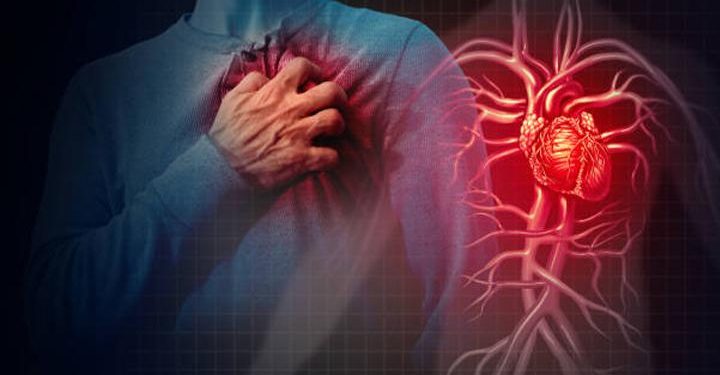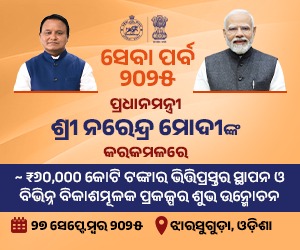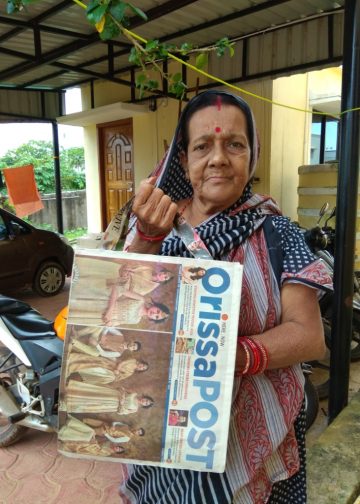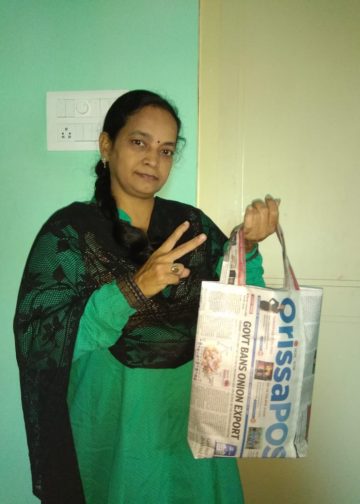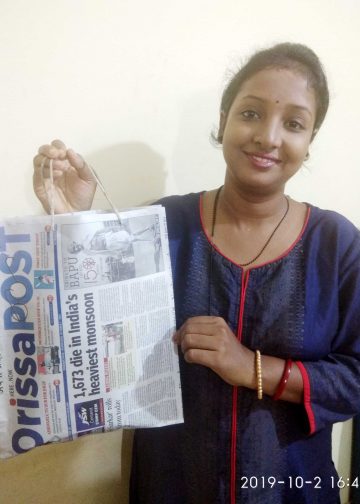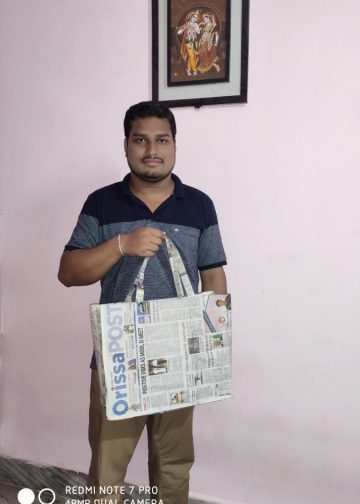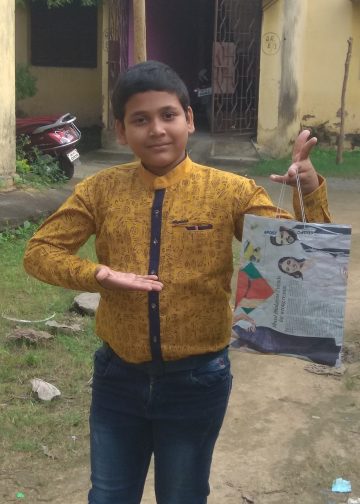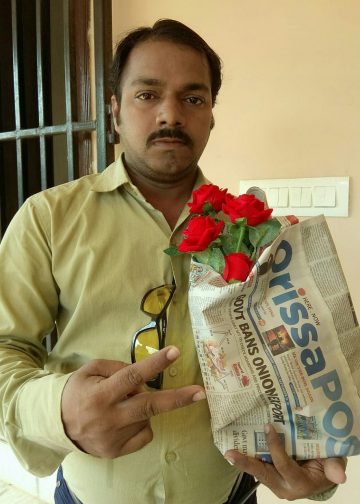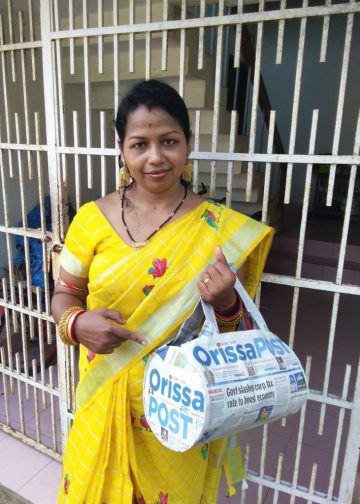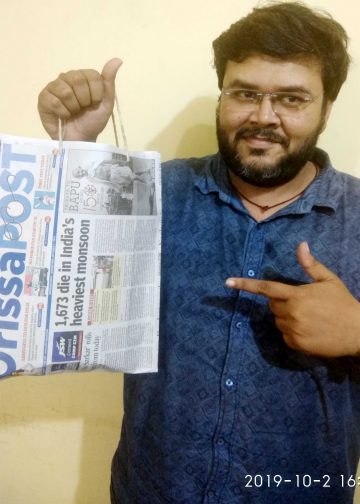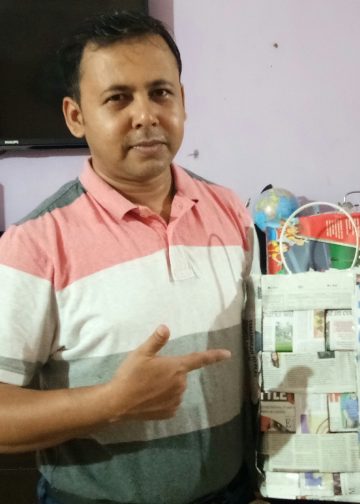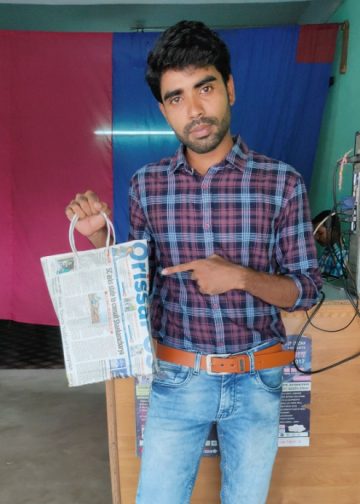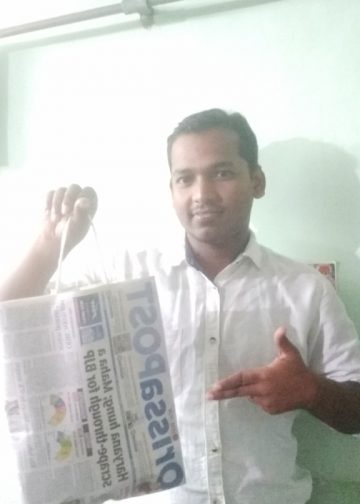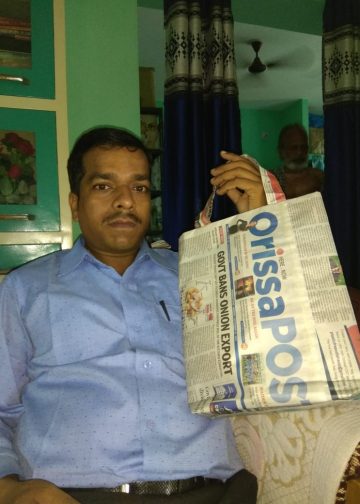By Reshmi Yadav, OP
Bhubaneswar: Odisha is witnessing a worrying rise in heart-related ailments among its younger population, mirroring a nationwide trend that experts are calling a silent epidemic. According to state government data, heart attacks account for 282 deaths per lakh population, marking it as a leading cause of mortality in the region.
Heart disease, once considered a condition of the elderly, is increasingly striking India’s youth, with fatal cases now reported in individuals as young as 17. Nationwide, heart-related ailments contribute to nearly 25 per cent of all deaths, with the Cardiology Society of India estimating around 3 million heart attacks annually.
Several high-profile deaths have brought the issue into focus — actor Siddhaanth Suryavanshi, singer KK, comedian Raju Srivastava, and reality TV star Sidharth Shukla all died young due to cardiac arrest. More recently, reports claimed that Shefali Jariwala, known for the song Kaanta Laga, also died of cardiac arrest.
Beyond the headlines, similar tragedies are unfolding across the country — people collapsing suddenly in gyms, markets, or even during wedding celebrations. Experts warn that changing lifestyles, poor diets, stress, and lack of awareness are major contributors to the alarming trend.
Also Read: Shefali Jariwala death: No foul play suspected, medical factors under scrutiny
“Heart disease takes many forms — including congenital defects, coronary artery disease (causing heart attacks), valve disease, cardiomyopathy, and arrhythmias,” explained Susanta Pradhan, cardiologist at Utkal Institute of Medical Sciences and Hospital.
“It’s important to distinguish between a heart attack and cardiac arrest. A heart attack occurs when blood flow to the heart muscle is blocked, while cardiac arrest happens when the heart suddenly stops pumping, which can result from a heart attack or an arrhythmia,” he said.
He added, “Warning signs like chest pain, sweating, dizziness, or light-headedness should never be mistaken for gas or indigestion. Timely medical help can save lives. A balanced lifestyle — including moderate exercise, stress control, healthy eating, and regular check-ups — is our strongest defence.”
Pratap Kumar Das, senior consultant at Capital Hospital and PGIMER, Bhubaneswar, emphasised the difference between the two conditions: “Heart attacks occur when blood flow to part of the heart muscle is blocked, often due to hypertension, diabetes, or high cholesterol. The heart may continue beating, though sometimes irregularly. Cardiac arrest, however, is caused by an electrical malfunction that makes the heart stop completely — the person collapses, has no pulse or breathing, and loses consciousness.”
Echoing the concerns, Dibya Ranjan Behera, consultant, Interventional Cardiologist at Manipal Hospitals, Bhubaneswar, said, “Coronary Artery Disease is the most common and dangerous form of heart disease in adults. Alarming numbers of young people are affected due to smoking, poor lifestyle choices, stress, and unhealthy diets. Fast food will make you fast — towards disease.” Experts are urging young Indians to prioritise heart health. Behera warned, “Fatigue, breathlessness, chest pain, blackouts, palpitations — these are red flags. Don’t wait for tragedy to strike before acting.”

